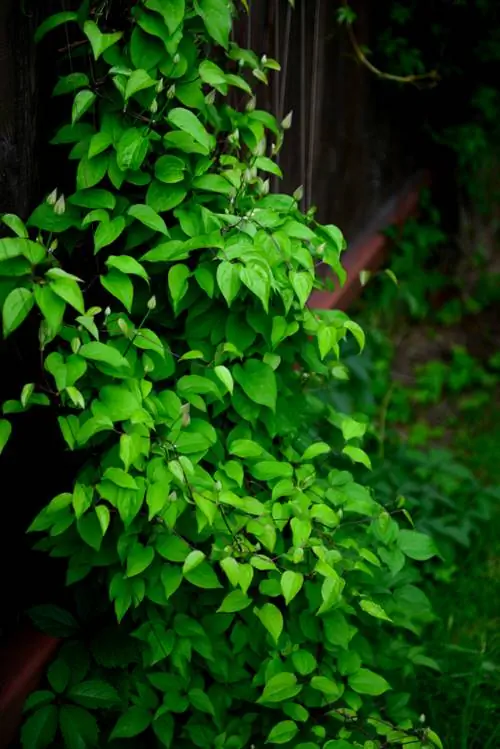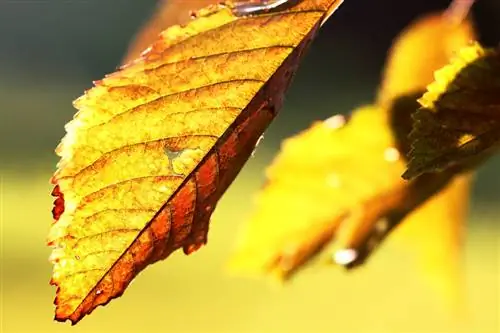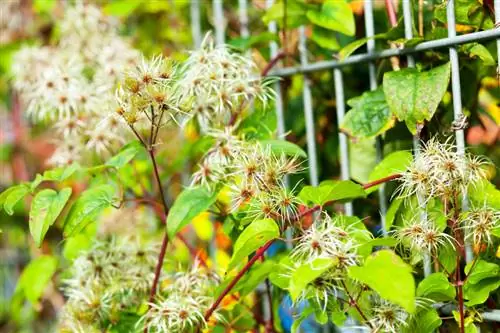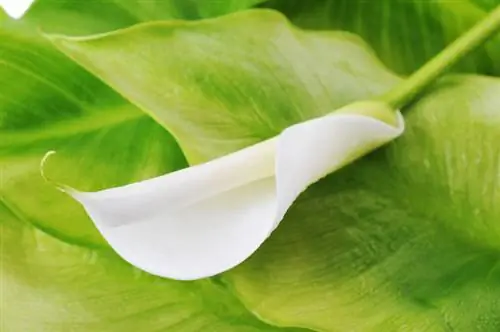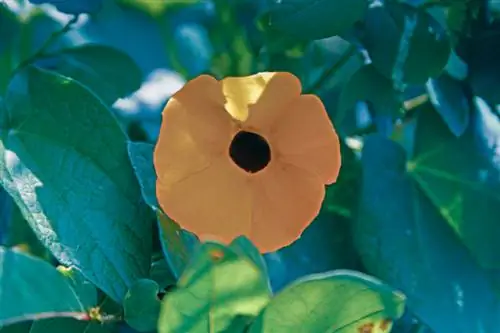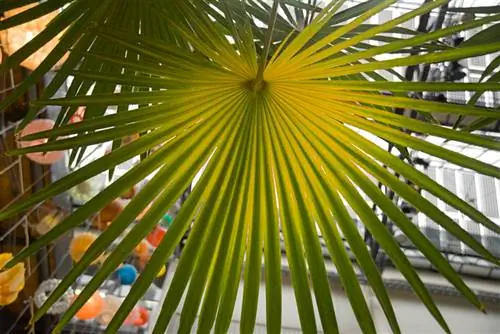- Author admin [email protected].
- Public 2023-12-16 16:46.
- Last modified 2025-06-01 06:02.
It starts shortly before the summer blossom spectacle. The beautiful leaves on the large-flowered clematis turn yellow or brown and wither sadly. You can find out what disease is behind it and how to combat it here.
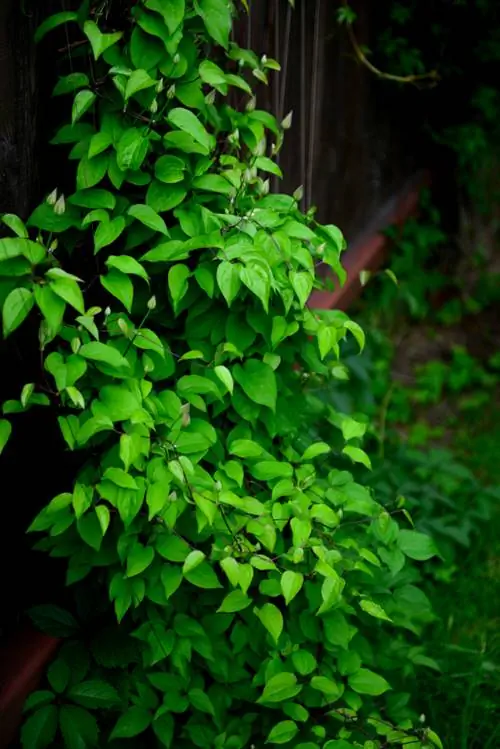
What to do if the leaves on a clematis are yellow or brown?
Yellow or brown clematis leaves may be clematis wilt, a fungal infection that mostly affects large-flowered hybrids. Countermeasures include removing infected leaves, treating with fungicide and strengthening the plant with aspirin in irrigation water.
Interpret the symptoms correctly - this is what you need to pay attention to
If a clematis is not doing well, the disease can first be recognized by the leaves. In contrast to the largely harmless leaf spot disease, you can identify clematis wilt by these symptoms:
- In early summer, brown spots with a yellow edge form on the leaves
- These damaged areas turn brown, spread and the entire leaf wilts
- The first symptoms appear on the older foliage in the lower third of the clematis
If the weather is warm and humid, the disease spreads quickly to the shoots. Within 2 to 3 weeks, all above-ground plant parts of your clematis die.
Preventing and combating clematis wilt - this is how it works
Clematis wilt is a fungal infection that primarily affects large-flowered hybrids. The earlier you diagnose the disease and take action against it, the greater the chances of success. How to do it right:
- Check the clematis leaves every 2-3 days from May
- At the first sign, cut off the affected leaves and dispose of them with household waste
- Immediately treat the entire clematis with a fungus-free fungicide
- Strengthen the infected plant by dissolving 10 aspirin tablets in 5 liters of irrigation water
Choosing a location protected from the rain has proven to be an effective prevention against clematis wilt. In addition, a young plant should be planted so deeply into the soil that two pairs of eyes are covered with substrate. Since the fungal spores do not reach the roots, with a little luck a diseased clematis will sprout again, even if it has completely died above ground.
With all treatment methods, it should be noted that clematis wilt is highly contagious. The tool should therefore be disinfected repeatedly and the plant parts should under no circumstances be composted.
Tips & Tricks
If you don't want to have to deal with yellow, brown and wilted clematis leaves, plant the small-flowered Italian clematis. Clematis viticella and the resulting hybrids have proven to be resistant to clematis wilt. The same applies to the magnificent Clematis montana and the robust Clematis alpina.

